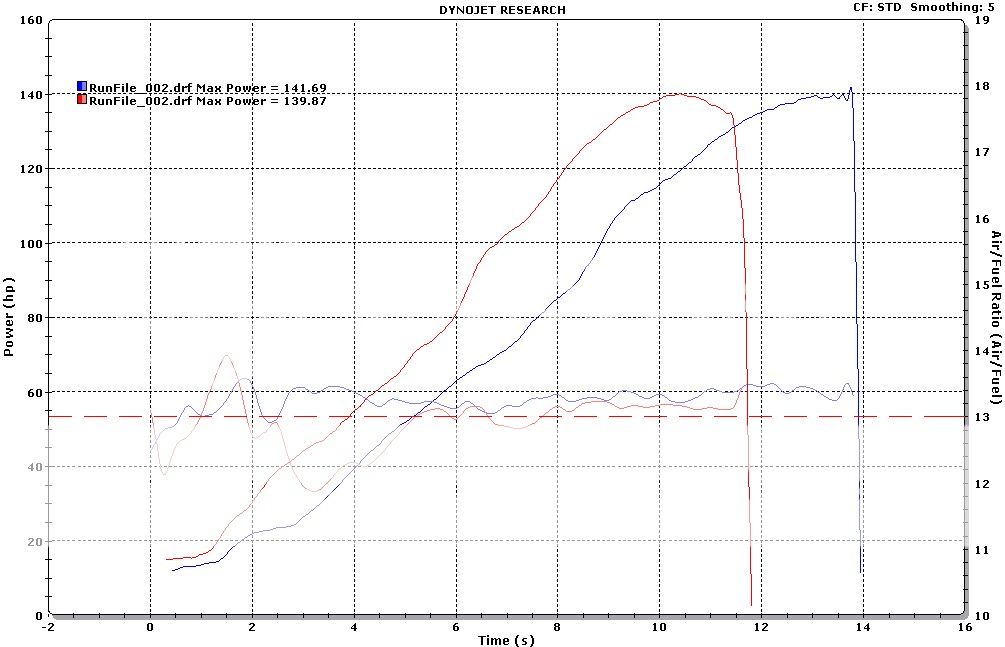PK001
Well-Known Member
Hi All,
Is there a page/post where people have uploaded Dyno charts v's mods they have done to their bike?
It would be cool to compare power and torque graphs
Is there a page/post where people have uploaded Dyno charts v's mods they have done to their bike?
It would be cool to compare power and torque graphs



